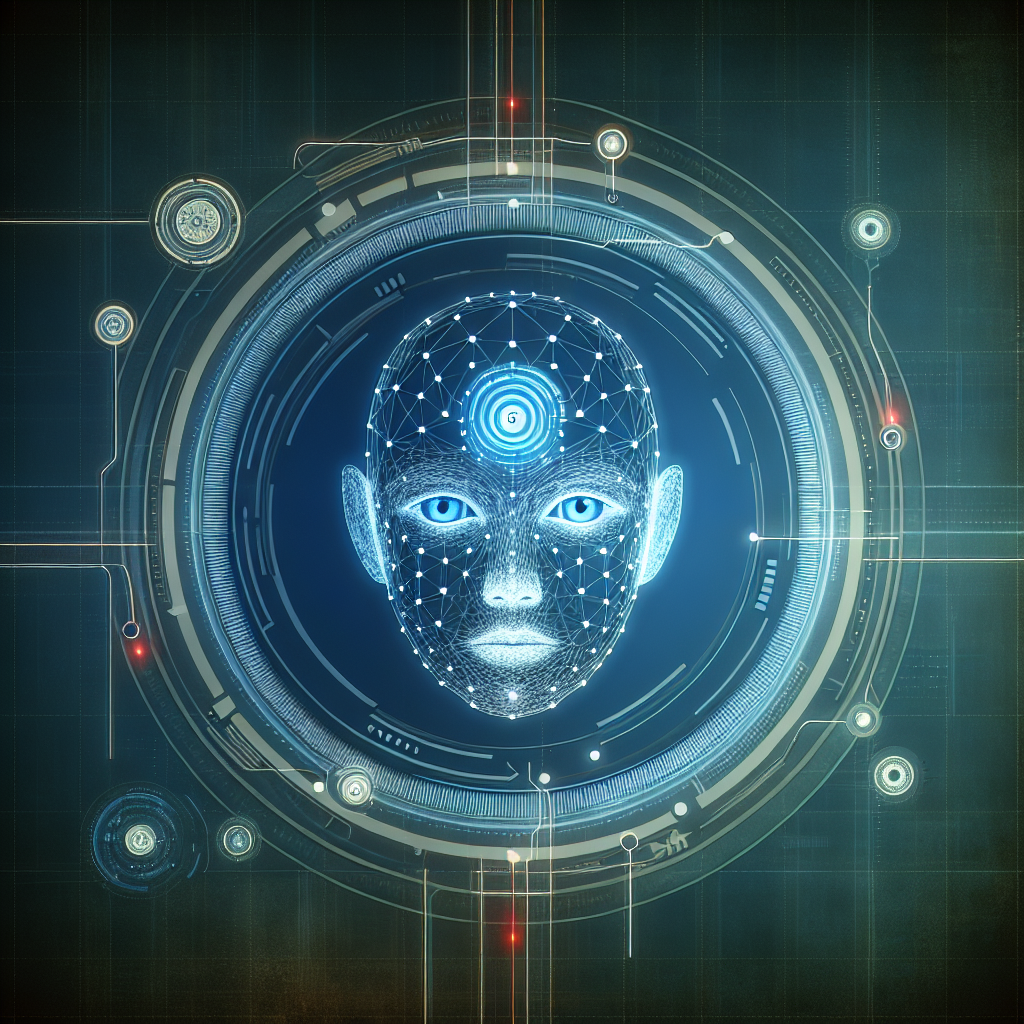In the rapidly evolving landscape of artificial intelligence, chatbots have emerged as a pivotal technology, transforming how businesses and consumers interact. At the heart of this transformation is deep learning, a subset of machine learning that enables chatbots to understand and respond to human language with unprecedented accuracy. Brightcore, a leader in chatbot innovation, leverages deep learning to deliver exceptional conversational experiences. This article explores the role of deep learning in enhancing chatbot capabilities, Brightcore’s pioneering efforts in the field, and the future prospects of their chatbot technology.
Understanding Deep Learning in Chatbots
Deep learning, a branch of artificial intelligence, involves neural networks with multiple layers that can learn and make intelligent decisions. In the context of chatbots, deep learning allows these systems to process vast amounts of language data, recognize patterns, and understand context in conversations. Unlike traditional rule-based chatbots, which follow predefined scripts, deep learning-powered chatbots can comprehend nuances in language and provide more accurate and human-like responses. This technology enables chatbots to continuously learn from interactions, improving their performance over time and offering users a more seamless conversational experience.
Brightcore: Pioneering Chatbot Innovation
Brightcore has positioned itself at the forefront of chatbot innovation by integrating deep learning into its core technology. Recognizing the limitations of early chatbot systems, Brightcore invested in deep learning to overcome challenges such as understanding complex queries and managing dynamic conversations. By developing sophisticated algorithms and leveraging vast datasets, Brightcore’s chatbots can engage users in meaningful dialogues, offering personalized solutions and insights. The company’s commitment to innovation has established it as a leader in the field, setting new standards for what chatbots can achieve.
How Deep Learning Enhances Chatbot Abilities
Deep learning significantly enhances chatbot capabilities by enabling them to process and analyze natural language with greater depth and accuracy. Through techniques such as natural language processing (NLP) and sentiment analysis, Brightcore’s chatbots can interpret the intent behind user queries, even when phrased in unconventional ways. This ability to understand context and sentiment allows chatbots to provide more relevant and empathetic responses. Additionally, deep learning facilitates real-time learning, where chatbots can adapt to new information and improve their responses, ensuring they remain effective as user needs evolve.
Future Prospects for Brightcore’s Chatbot Technology
Looking ahead, the future prospects for Brightcore’s chatbot technology are promising. As deep learning models continue to advance, chatbots will become even more sophisticated, capable of handling complex tasks and providing intelligent solutions across various industries. Brightcore is poised to expand its chatbot applications beyond customer service, exploring areas such as healthcare, finance, and education. By continually refining its deep learning algorithms and embracing emerging technologies like reinforcement learning and transfer learning, Brightcore aims to push the boundaries of what’s possible with chatbots, driving innovation and enhancing user experiences.
In conclusion, deep learning plays a crucial role in Brightcore’s quest for chatbot excellence, offering transformative capabilities that redefine human-computer interaction. By pioneering deep learning innovations, Brightcore has set a benchmark in the chatbot industry, providing intelligent, responsive, and adaptable solutions. As technology continues to evolve, Brightcore is well-positioned to lead the next wave of chatbot advancements, promising a future where chatbots are integral to everyday life, seamlessly blending into the digital fabric of society.


